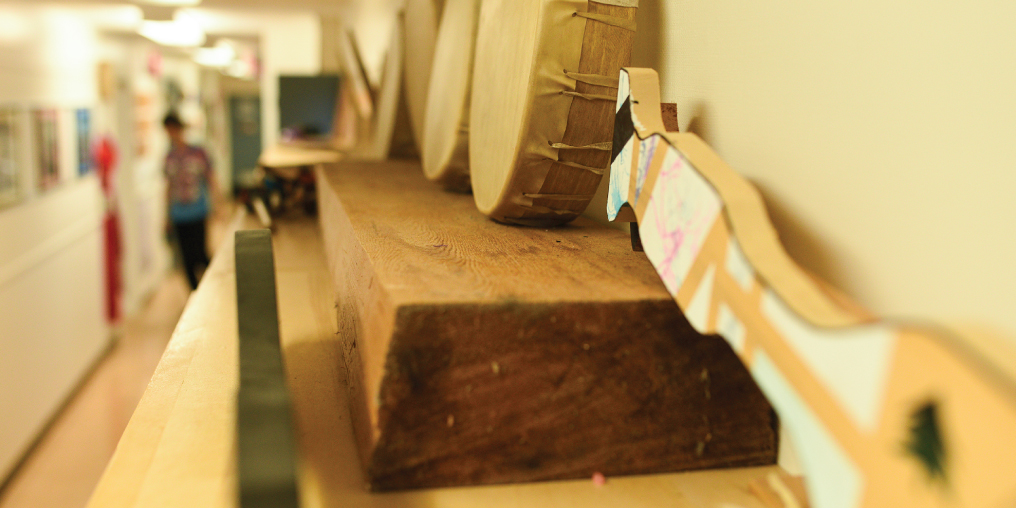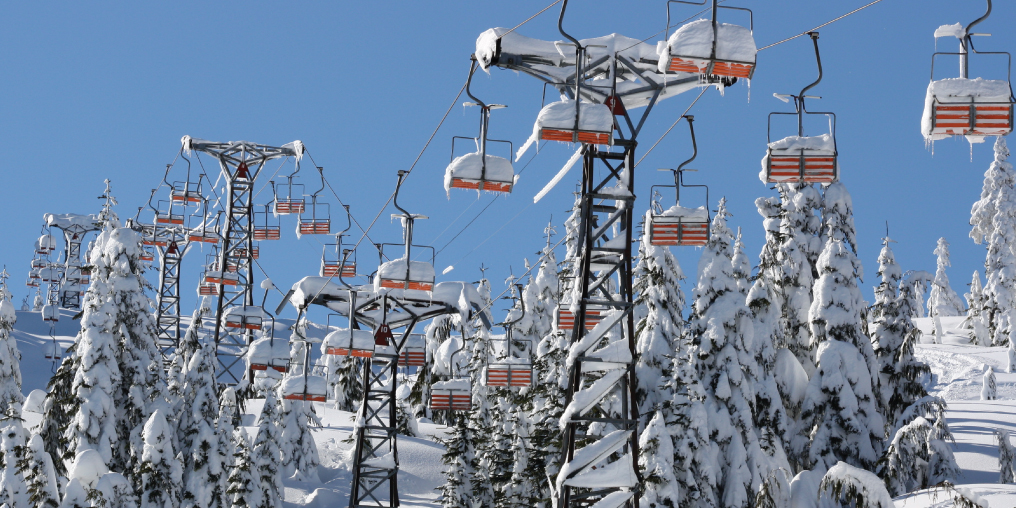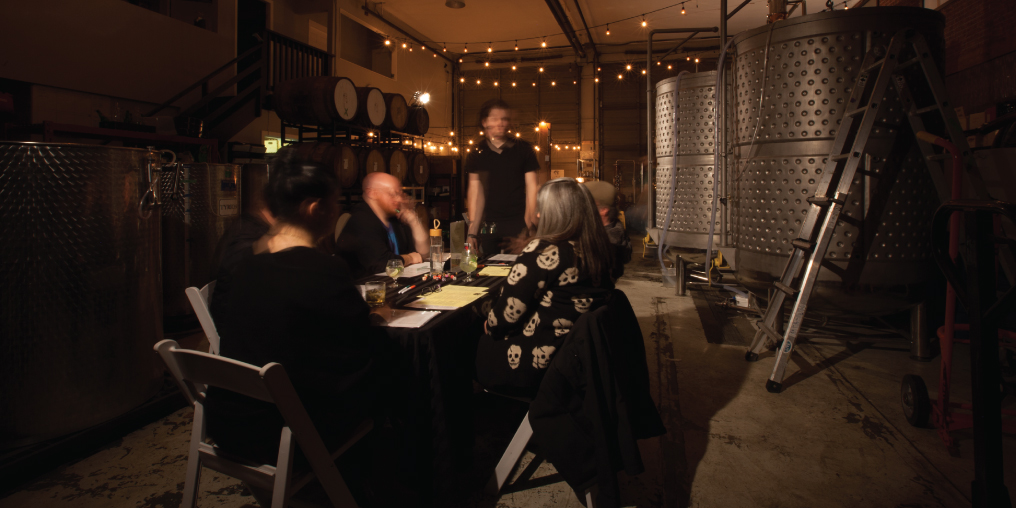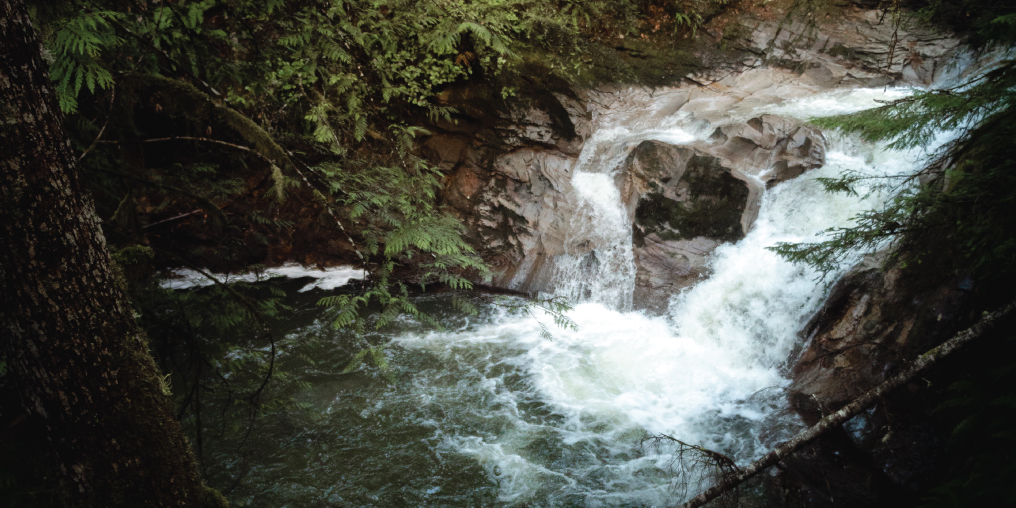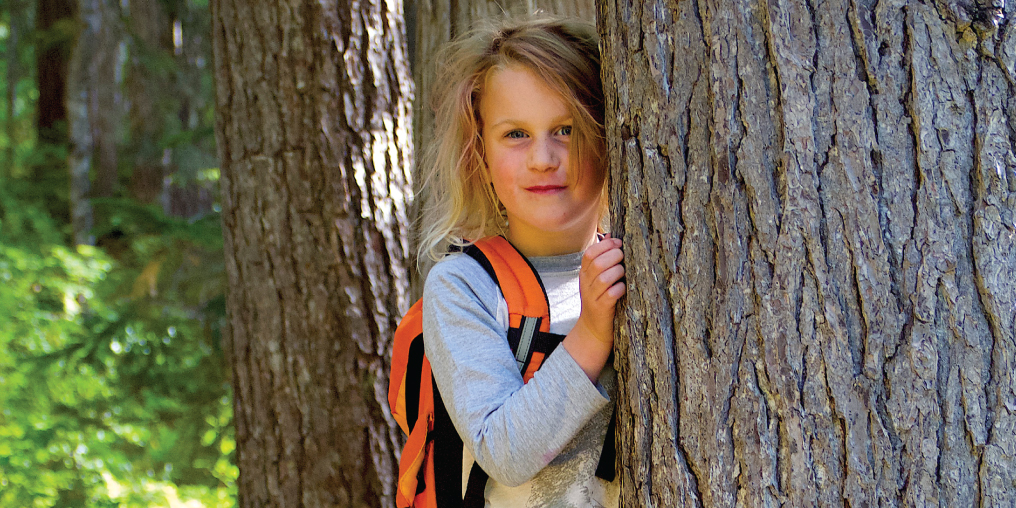Nala’atsi is a word in the Kwak’wala language with more than one meaning, but one in particular conveys what we’re all about: new beginnings. What we do at our school doesn’t always conform to conventional ideas about public education. Nala’atsi is a school for students with Indigenous ancestry in grades 10 to 12. It was established in 2000 to address the fact that high school-aged students with Indigenous ancestry in the Comox Valley were at a much higher risk of dropping out than their non-Indigenous peers.
Renewal is at the heart of everything we do, and it applies at different levels. We see it happening with the individual student on an ongoing basis. Often students have not experienced success at other schools, and Nala’atsi represents an opportunity for a new beginning in their educational experience. It’s well understood that the public education system sometimes does not serve all young people equally. There are systemic factors effecting Indigenous students all across Canada, including socio-economic status, access to resources, and institutionalized racism. On top of that, some young people thrive in a more conventional classroom environment while others do not.
Chances are that you or someone you know had a difficult time getting through grade school. A friend of mine, now a successful chef and family man, told me that he was a terrible student while growing up in Prince George, but that a change in the environment of his schooling turned things around. There are many instances of students who are unsuccessful by traditional benchmarks going on to experience great success as adults. There are different reasons for a lack of early success. Everyone is different, and many of us, despite our best efforts, don’t have the disposition to reach our full potential while sitting in a traditional classroom from Monday to Friday.
Brandon attended several high schools before spending his final two years at Nala’atsi. “I hated my experience at other schools,” he recalls. “I felt that I wasn’t accepted, and I didn’t have any chance of being successful. Nala’atsi was a complete change for me. I loved the small school and being able to work at my own pace.” We try to give our students the level of autonomy that best suits them. We spend a significant about of time outside of the classroom, venturing into the forest and alongside rivers, into sweat lodges and gathered in drum circles. We also discuss politics, do trigonometry, eat lunch, and go to the gym together. At times it’s a grind, but through these experiences we form meaningful relationships, which are the foundation of Nala’atsi. Lo and behold, a community emerges.
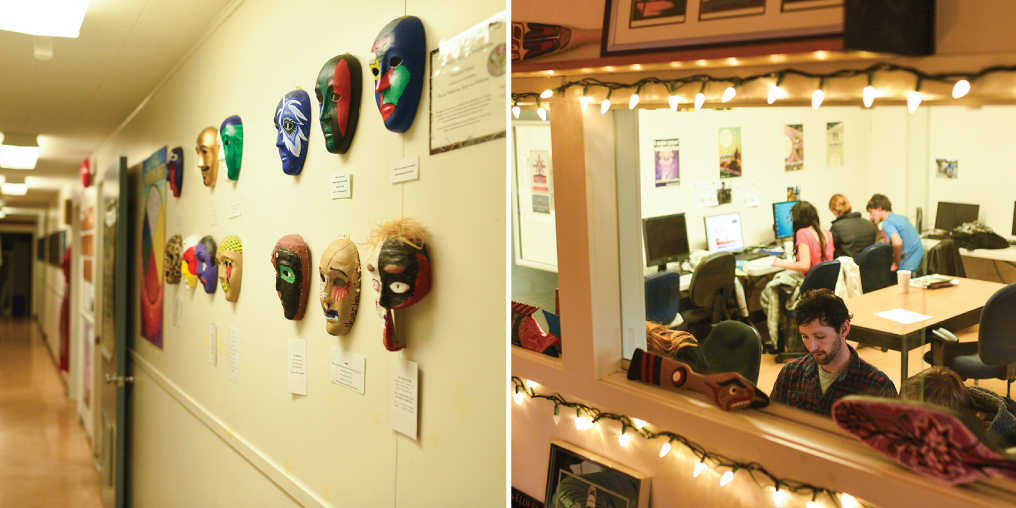
Tony attended the school for three years. “At Nala’atsi there is no hiding behind anything, like you might at a regular high school,” he says. “There is no fakeness and you are able to present yourself in an honest way and be real, knowing that people will accept you and that you are part of this community.”
This is consistent with traditional First Nations perspectives, which recognize the need for belonging and identity—a connection to something larger than one’s self—in order to be fulfilled. For many, this connection is found through culture. Whether in a drum circle, or listening to Elders and cultural workers share their knowledge, we see time and time again the power of culture to lead our students to a greater sense of pride and purpose. In turn, this lends to a greater engagement with the learning process. “Nala’atsi taught me a lot about my culture that I had no experience in,” says Shaughn.
In the broader context, advancements are being made. There is a consensus that the industrial-era model of public education must change to meet the needs of young people today. We sometimes forget that there are limitless possibilities as to what education can look like, the predominant model of today being only one iteration.
Learning is not confined to textbooks. Should we start with preconceived notions about exactly what and how young people should learn? Or do we begin with an honest appraisal of our students’ needs, abilities, interests, and passions and build our practice around them? This involves risk and uncertainty; and admittedly, many instances of failure. But perhaps, for the sake of our students, we need to deviate from the most comfortable path in order to achieve the greatest chance of success. Nala’atsi is one example of what renewal within public education can look like.
To learn more about Nala’atsi please visit www.nalaatsi.com.

